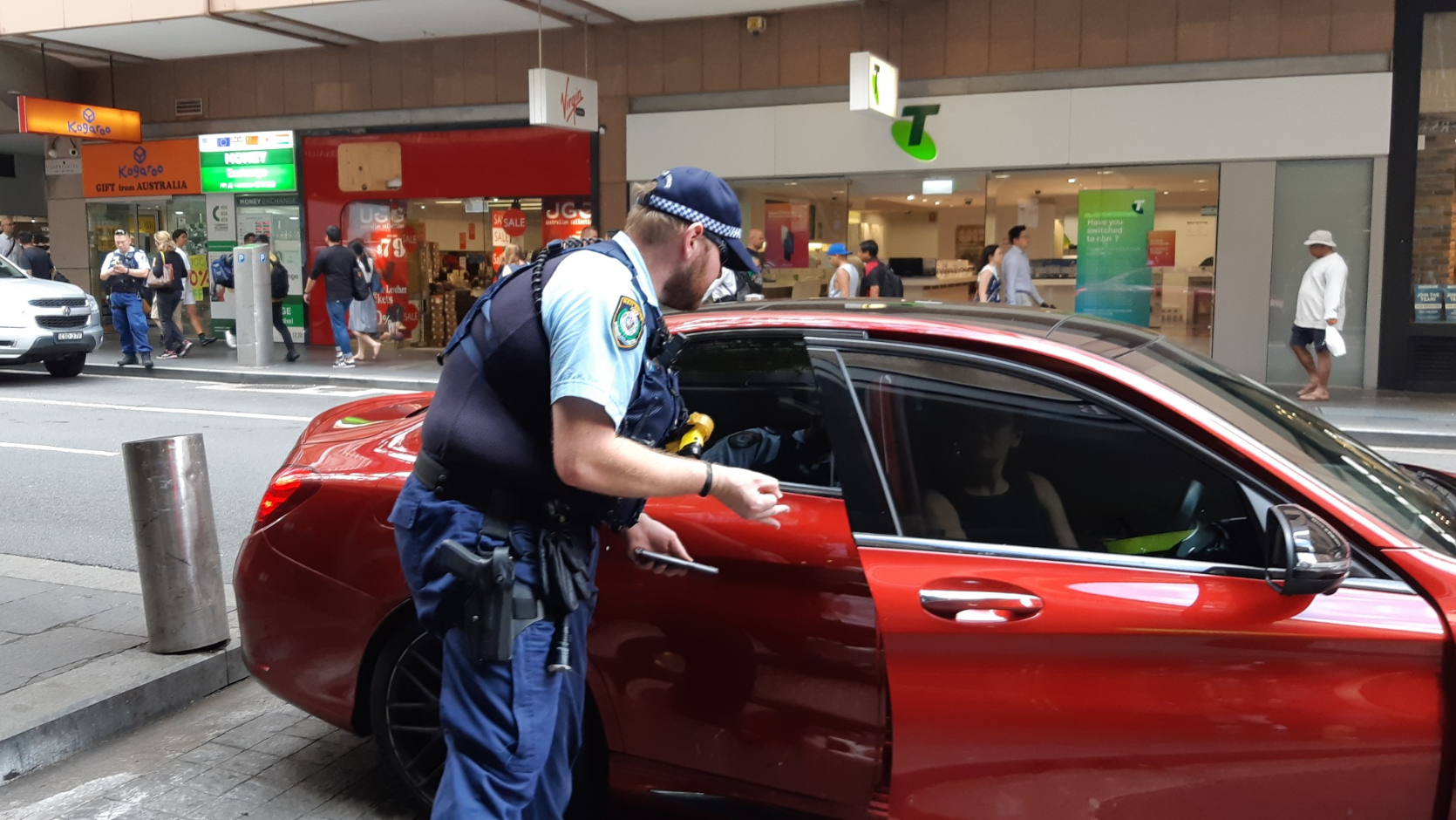Police will have new powers to issue on-the-spot fines for adults caught with a small quantity of illegal drugs under an expansion of the Criminal Infringement Notice being brought in by the NSW government.
Changes to current Criminal Infringement Notice
The changes starting in 2024 broaden the current Criminal Infringement Notice (CIN) which enables police to issue immediate $400 fines for small amounts of illegal drugs deemed limited to personal use. (Please see NSW to introduce fines for minor drug offences, allowing users to opt into diversion programs, ABC News, 9 October 2023.)
The aim is to divert drug users away from facing criminal charges and appearing in court. Those given a CIN are encouraged to complete a drug and alcohol intervention program. If they complete the program, the $400 fine is waived. If not, the fine must be paid. (Please see Police given power to issue on-the-spot fines with health intervention for small quantity drug possession, NSW Government, 10 October 2023.)
NSW Attorney-General Michael Daley stressed that the change does not apply to drug supply or manufacture, or to anyone issued with two previous CINs.
Changes will help treat drug addiction as a health problem, not a criminal offence
Mr Daley said formal contact with the criminal justice system only increases the likelihood of reoffending, and this has knock-on effects on people’s employment, housing and relationships.
“We want to see people receive the health support they need rather than see them caught up in the criminal justice system,” Mr Daley said.
A similar policy already exists for cannabis and this will be extended to small amounts of drugs like cocaine, MDMA and ice.
The change should help many low-level drug users avoid a criminal record for possession. Drug addiction should be treated as a health concern, rather than a criminal offence.
What are the criteria for issuing a Criminal Infringement Notice?
It will be up to the individual police officer who searches you and finds drugs whether to issue the CIN and on-the-spot fine. It is unclear what the criteria will be to determine who is a “personal user”. Police discretion as to which path to take will no doubt be shaped by training upgrades for the new substances.
An officer’s decision whether to issue a CIN could depend on the drug user’s attitude, the clothes they wear, the community they are from, how many times the officer has had dealings with the person, or the words exchanged.
Ultimately it is at the discretion of the police officer.
Another question of some interest – is a CIN recorded? And if so, does it become a part of your criminal history?
Determining the quantity of the actual drug
Ultimately the person caught with drugs must consider various factors when deciding whether to accept a CIN, or alternatively challenge the matter in court. This means recognising the potential advantages and risks associated with each option.
A key consideration is the accurate determination of the quantity of the actual drug, as this entire upgrade to the cannabis CIN system depends on the legal definition of “small quantity”, determined by weight – the gross weight, the net weight after the packaging has been removed and then an analysis of the weight of the actual drug as a component of the net weight.
On-the-spot analysis is restricted to gross weight and net weight. Determining the actual drug content requires forensic testing. The person possessing the drug therefore needs to make an informed decision, because presumably they have some knowledge of the provenance of the drug.
For instance, consider a scenario where the police seize 6.5 grams of a drug in pill form stored in a glass jar, and the “small quantity” threshold is 5 grams. If, during a roadside, music festival, home, or car search, the police estimate the net weight (excluding the weight of the container) to be 4.9 grams, you might qualify for a CIN instead of facing a criminal charge.
Now it’s up to you to decide. Should you take the CIN route if police agree, or take it to court on a charge or on a CIN appeal? It can be a roll of the dice. Should you pay $400, knowing that then there will be no criminal history?
The two-strikes CIN policy is also open to abuse. What is the time gap between CIN charges? What if a police officer has a grudge and targets the user for repeat offences?
It will be far easier for an officer to slap on a CIN and a fine than having to prove in court that the person committed a drug offence. It avoids having to establish the legal thresholds that an offence was committed and there is no need to prepare a brief of evidence.
Choosing between court and a Criminal Infringement Notice
Accepting a CIN means you can’t get a lawyer to argue in court, for example, that the police search was illegal, that the drugs weren’t yours, that you were threatened to hold the drugs for someone else, or that the drug isn’t what police think it is. It is your decision whether to accept a CIN instead of taking it to court.
It’s worth considering. In court you could possibly avoid conviction by establishing that you are of good character with references, that it was a first time, and that you are suitably contrite.
Or you may be convicted when the evidence is heard and your record (if any) is tendered on conviction.
Penalties for drug possession
In 2022 police recorded 32,000 incidents of drug use or possession in NSW. More than 23,000 people were proceeded against and 19,000 faced court. The highest penalties for possession are two years jail and a $11,000 fine.
The current law states police can assume a person is intending to sell or supply drugs if they have more than 3 grams of cocaine, 300 grams of cannabis leaf, 3 grams of heroin, 3 grams of amphetamine or 0.75 grams of ecstasy. The maximum penalty for holding a trafficable quantity is $11,000 and/or two years jail.
Possessing double that amount is classified as an indictable quantity and the maximum penalty rises to $220,000 and/or 15 years imprisonment, or 10 years for cannabis.
Alternatives to jail for offenders
The NSW Drug Court provides alternatives to jail for eligible offenders who are dependent on drugs and who have committed non-violent crimes.
Participants have a 17 per cent lower reoffending rate than those who are not placed in the program. (Please see NSW Drug Court reduces risk of reconviction in the long term, new research finds, NSW Bureau of Crime Statistics and Research, 24 September 2020.)














